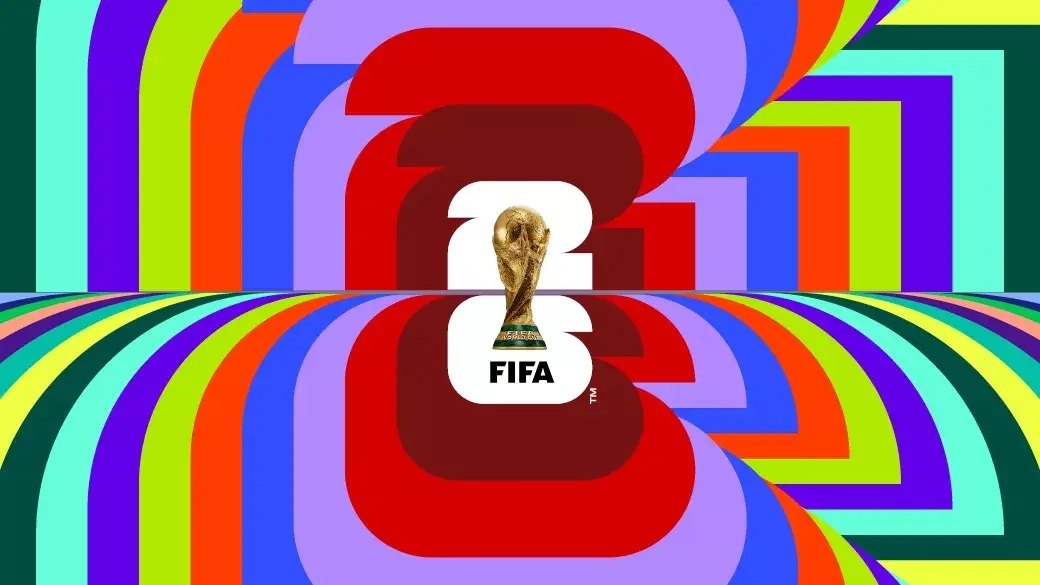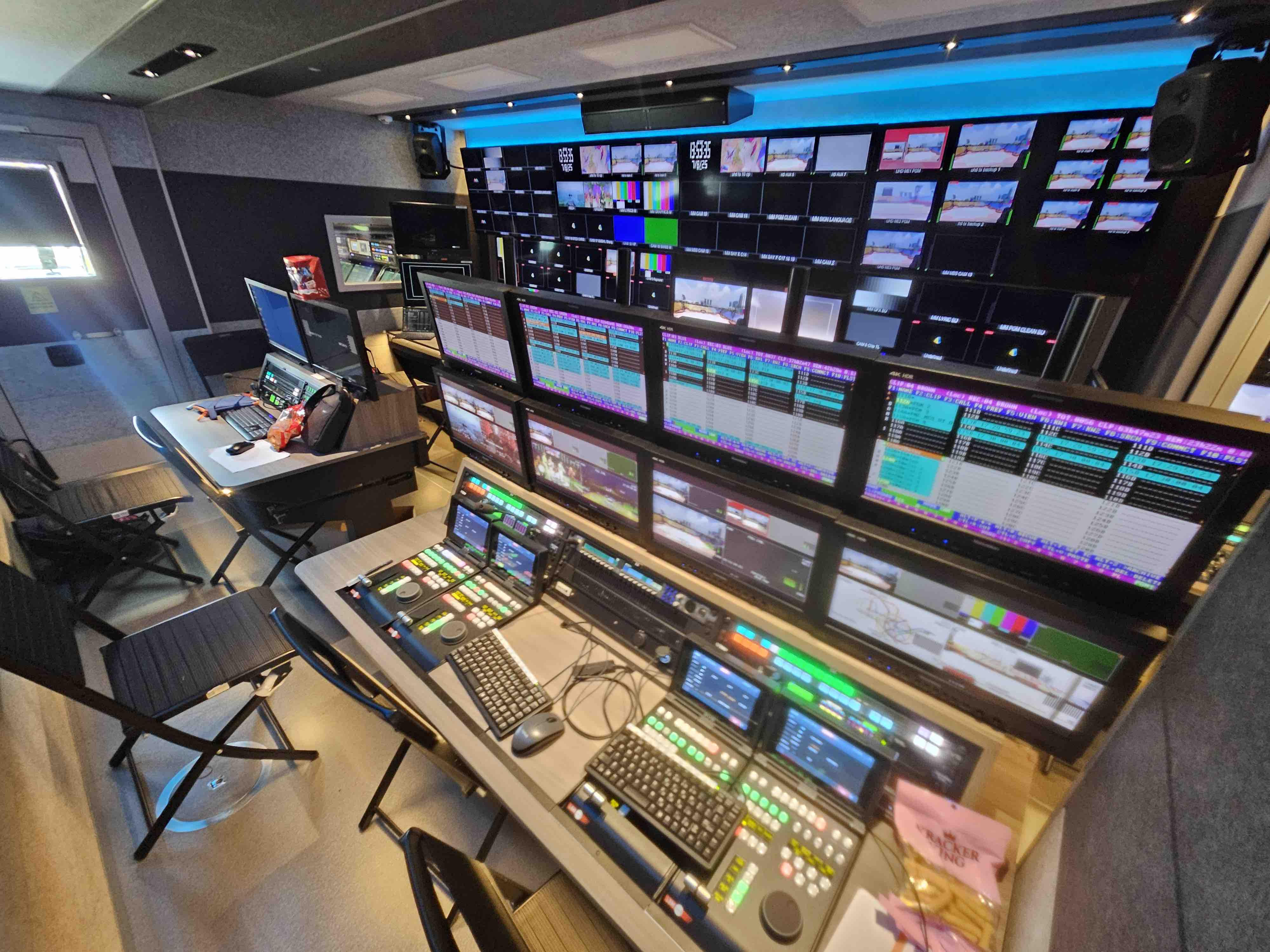NAB Highlights Hidden Importance of Spectrum in Major Sports Broadcasting
Blog post explores how C-band satellites and 6-GHz broadcast auxiliary services make global sports coverage possible and explains how regulatory changes could hurt that coverage

WASHINGTON—The National Association of Broadcasters highlighted the “hidden” importance of spectrum in the production of major sporting events and described what’s at risk as U.S. policymakers consider regulatory changes to rules governing how spectrum is used in a blog posted Friday.
In the June 13 blog titled “Spectrum: The Hidden Infrastructure Behind Major Sports Broadcasting,” Alison Martin, the NAB’s vice president of innovation and strategy, notes, “When 5 billion people worldwide tune in to watch the FIFA World Cup next year, they’re not just witnessing athletic excellence—they’re experiencing the culmination of some of the most complex spectrum management on the planet.”
In that coverage, she explains, C-band satellites and 6-GHz Broadcast Auxiliary Services play a particularly important role that could be harmed by recent regulatory decisions.
“When lawmakers and regulators around the world make spectrum policy decisions – whether about 6 GHz sharing rules, satellite band protection or interference standards – they’re not just shuffling around abstract frequencies,” she wrote. "They are making choices about the reliability and resilience of communications infrastructure that billions of people depend upon.”
At the end of 2024, the Federal Communications Commission unanimously adopted new rules to expand very-low-power device operations across all 1,200 MHz of the 6-GHz band alongside other unlicensed and Wi-Fi-enabled devices.
The rules were adopted despite opposition from NAB and other parties, who argued that opening up the spectrum would create problems for fixed microwave links, satellite uplinks and broadcast auxiliary services that use this spectrum.
“Here’s where spectrum policy gets interesting: that same 6 GHz frequency band, parts of which were previously reserved primarily for broadcasters’ newsgathering operations, now also accommodates unlicensed users, including Wi-Fi 6E devices,” the blog says. “Picture this scenario: you’re a broadcast engineer managing 30-plus wireless cameras during a World Cup final. And suddenly, your licensed, professional-grade equipment must contend with thousands of consumer Wi-Fi devices. Since the FCC’s recent proceeding granting those unlicensed devices access to the 6-GHz frequencies, these devices now have every legal right to operate in that spectrum band. Of course, they aren’t allowed to cause harmful interference, but let’s be real—that limitation doesn’t quite reflect reality.
The professional video industry's #1 source for news, trends and product and tech information. Sign up below.
“Indeed, NAB members have reported interference to their 6 GHz devices at many major sports venues, including four NFL sites, one MLB site and numerous NCAA basketball sites,” Martin wrote. “Broadcasters suspect this interference is coming from unlicensed 6 GHz installations at those venues, but the source of interference can be very hard to track down—especially when you are simultaneously trying to air a live broadcast. For now, broadcasters make heavy use of 2-GHz BAS spectrum to keep the pristine pictures flowing, but we are also sharing that spectrum with the Department of Defense, adding to an already complex frequency management problem.“
George Winslow is the senior content producer for TV Tech. He has written about the television, media and technology industries for nearly 30 years for such publications as Broadcasting & Cable, Multichannel News and TV Tech. Over the years, he has edited a number of magazines, including Multichannel News International and World Screen, and moderated panels at such major industry events as NAB and MIP TV. He has published two books and dozens of encyclopedia articles on such subjects as the media, New York City history and economics.

